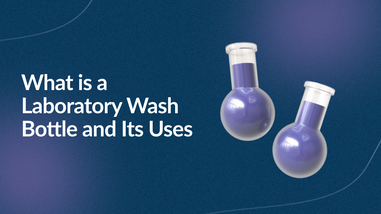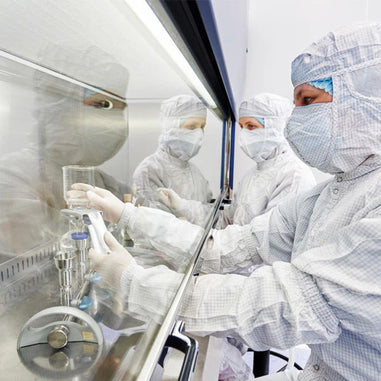- No products in the cart.
Having the right absorbent mat on hand for your workplace is a smart investment. Spills and leaks are unpredictable accidents that can occur at any time no matter how careful you are. That’s why it’s important to choose the right chemical absorbent mat that works best for your work environment.
What is a Chemical Absorbent Mat?
Chemical absorbent mats are used to clean up chemical spills. They absorb bases, acids, solvents, paints, coolants, and hazardous chemicals. These mats are made out of polypropylene and have the capacity to absorb and clean up drips, leaks, and spills.

Chemical absorbent mats come in different sizes, colors, and thickness. Light weight pads are designed for small spills, medium weights are made for general day-to-day operations, and heavier weighted mats are designed for larger spills. The different colors represent the different purposes of the different mats.
How to Choose the Correct Chemical Absorbent Mat
With so many absorbent mats to choose from, it’s hard to know which one is appropriate for your particular application. There are absorbent mats, socks, powder, pads, and rolls. All of these options have a different job and purpose. They all absorb, but each type works best in certain applications.
You should first identify the type of chemical that is used in your facility and then consider the material that is capable of properly absorbing the chemical. Another thing to consider is where in your facility would you likely use the absorbent mat.
What Are the Different Absorbent Mats?
Absorbent mats typically line walkways, soak up spills, and catch leaks around machinery. These mats are designed with heavy weight construction for soaking up large volumes of liquid while others are designed more for heavy foot or machinery traffic.
Absorbent pads are pre-cut into rectangular shapes and are designed to be easily grabbed and quickly used. They are ideal for when quick responses are required. Pads are most often found in manufacturing areas, spill kits, cafeterias, loading areas, and break rooms. Pads come in light, medium, and heavy weights.
Absorbent rolls come in different widths and are designed to capture spills, drips, leaks, and overspray that could make floors slippery. They are usually discarded after a single use, are meant for quick response, and have a quick wicking absorbency.
Absorbent socks are the first response when it comes to containing large spills. The purpose of absorbent socks is to keep spills from spreading by forming a dike.
Absorbent powder has a granular base that neutralizes and solidifies larger spills.
Chemical absorbent powder. Chemical absorbent powder is ideal for large organic and mineral acid spills such as nitric, hydrofluoric, hydrochloric, and sulfuric. The granular base reduces product waste and is typically used in shipping & receiving areas, acid use, acid container storage areas, and hard-to-reach areas.
Where To Buy Chemical Absorbent Mats
Lab Pro offers a large variety of chemical absorbent mats. For over 40 years, Lab Pro Inc. has been committed to delivering the highest quality absorbent mats, hand tools, chemicals, lab equipment, distance learning kits, lab supplies, and cleanroom PPE apparel to medical device companies and laboratories worldwide. To learn more, visit the biggest Lab Supply showroom in California, or contact us online or at 888-452-2776.












































